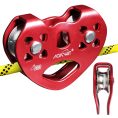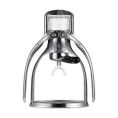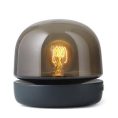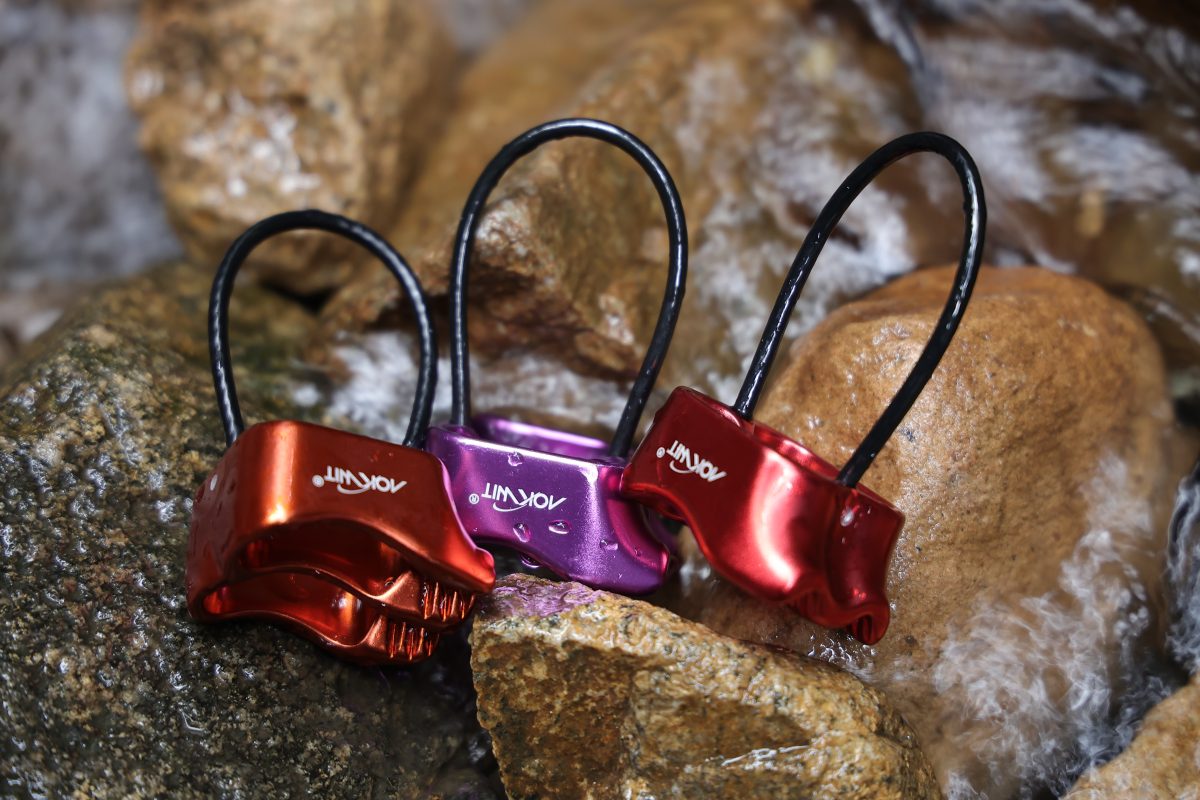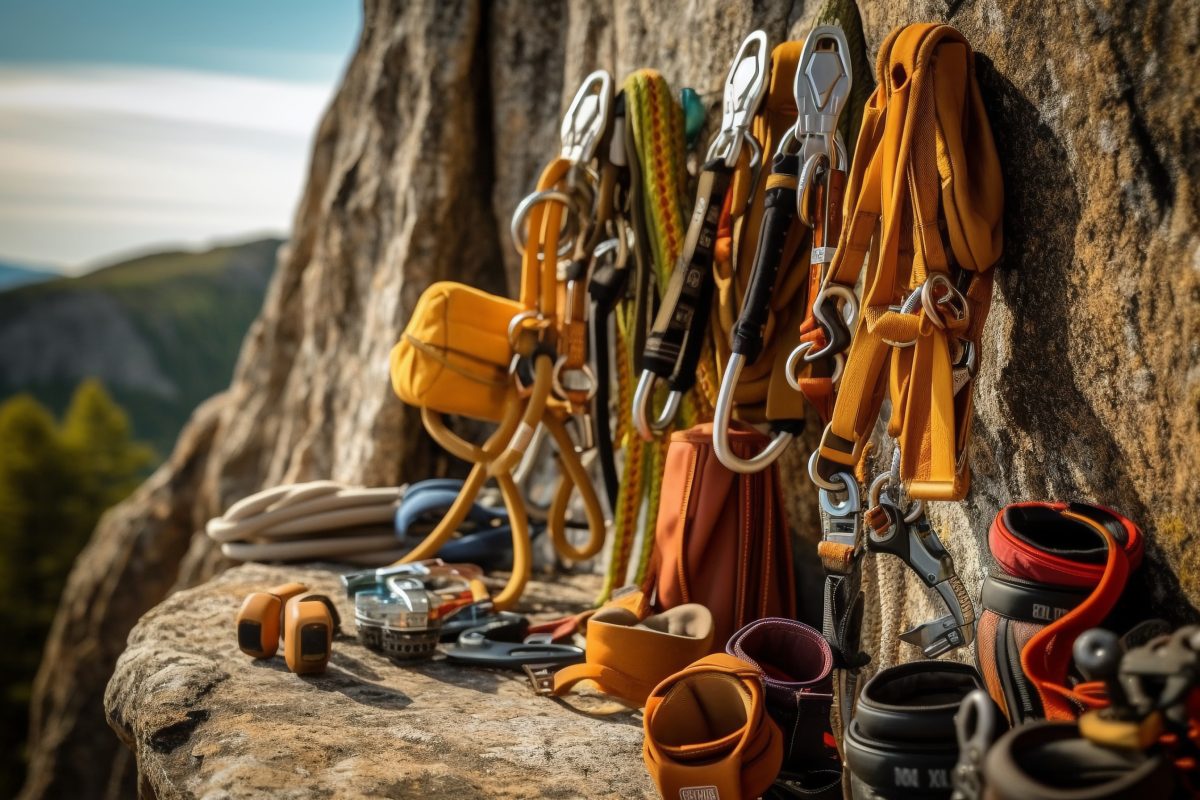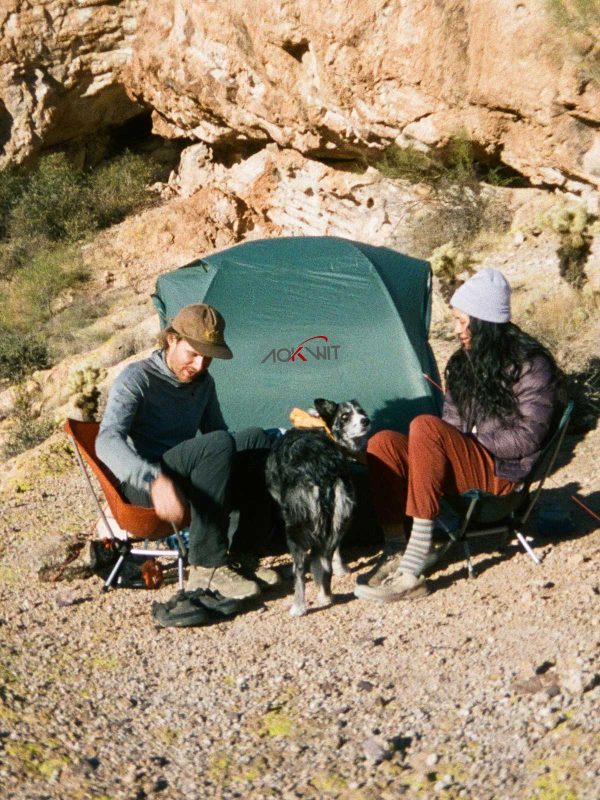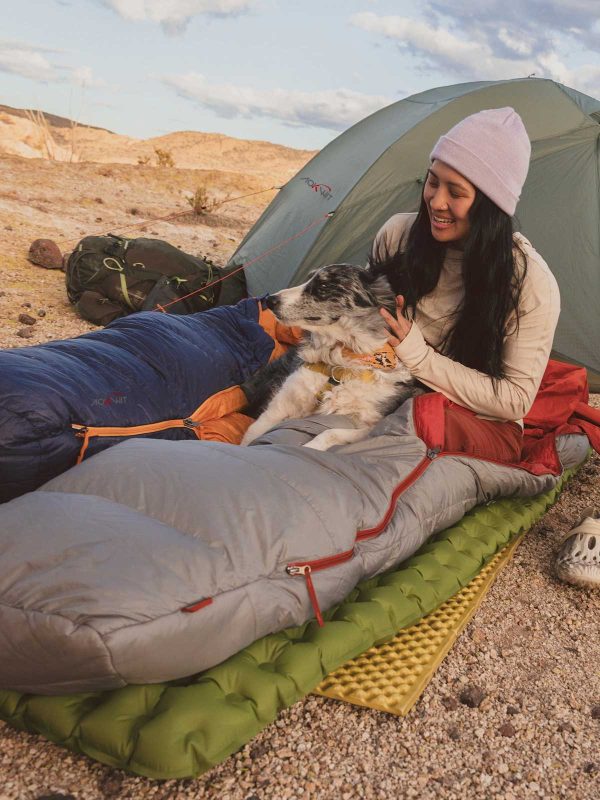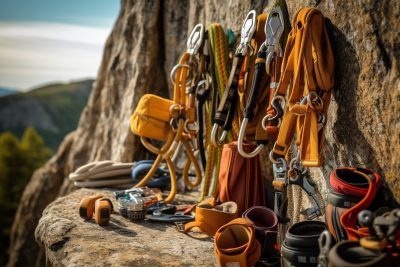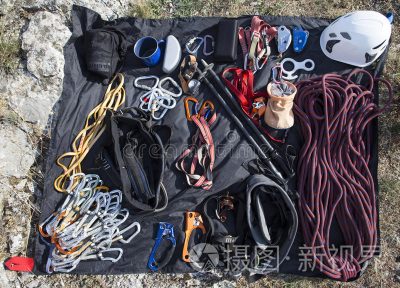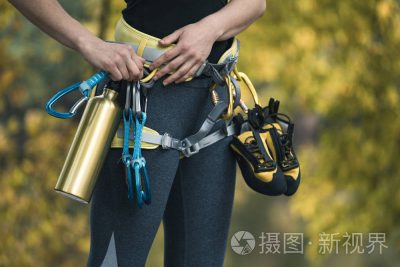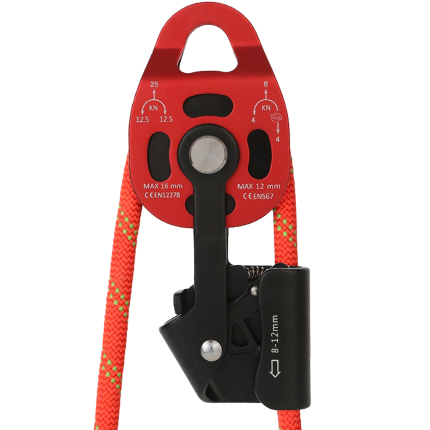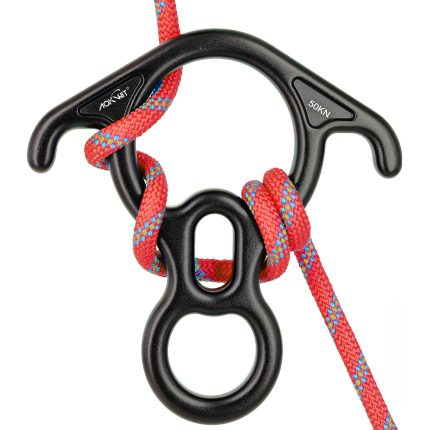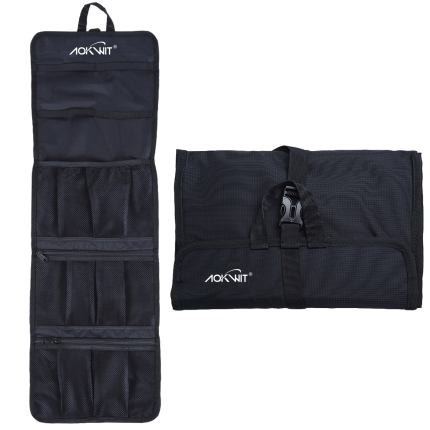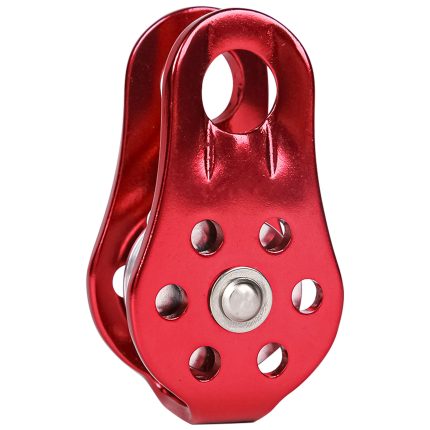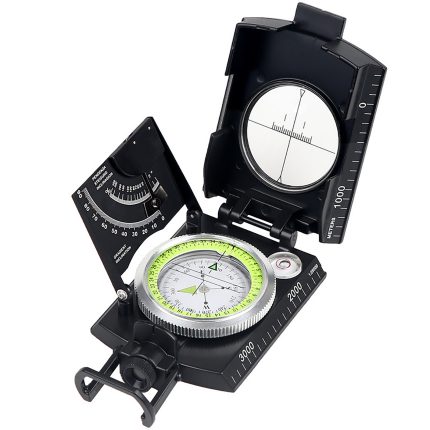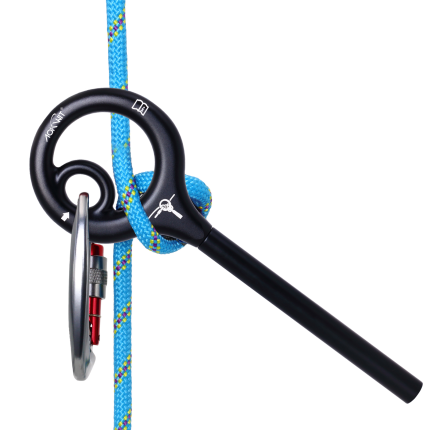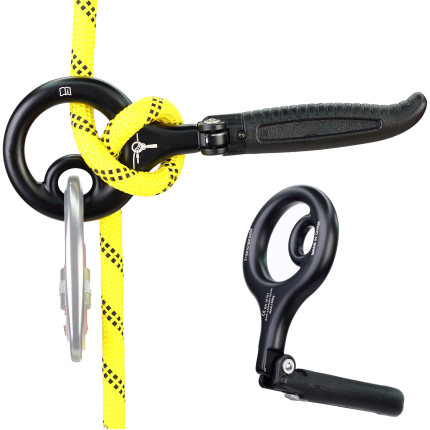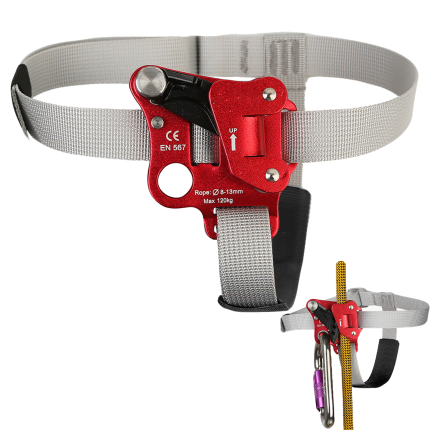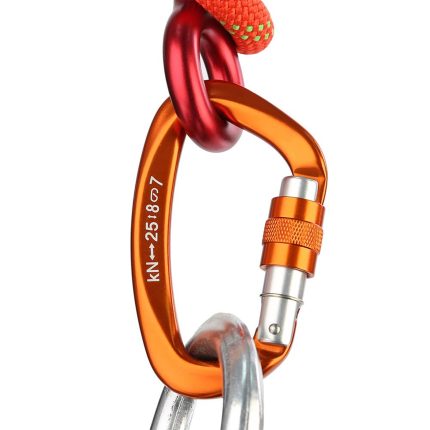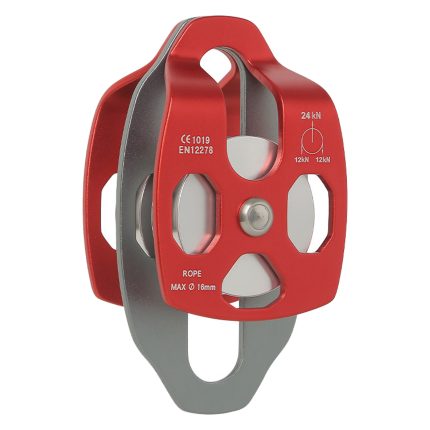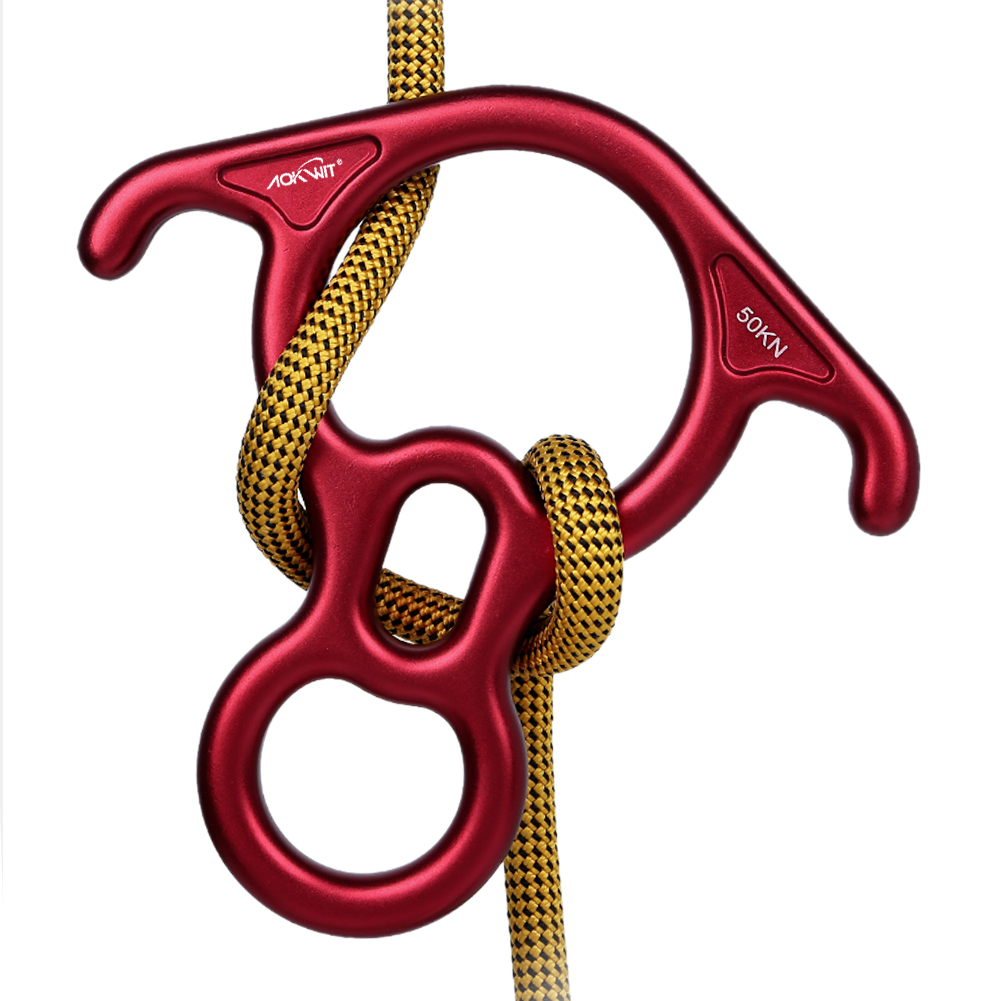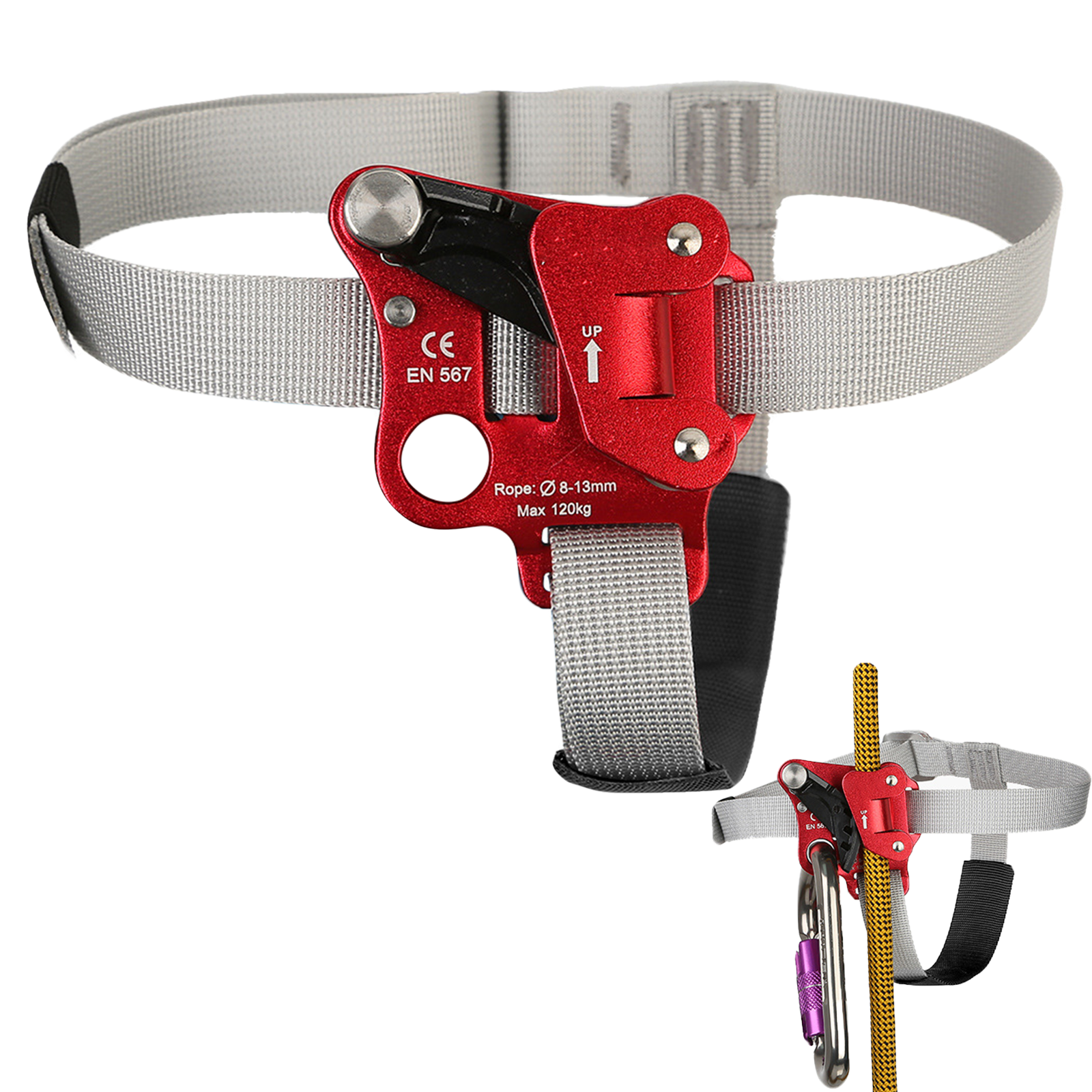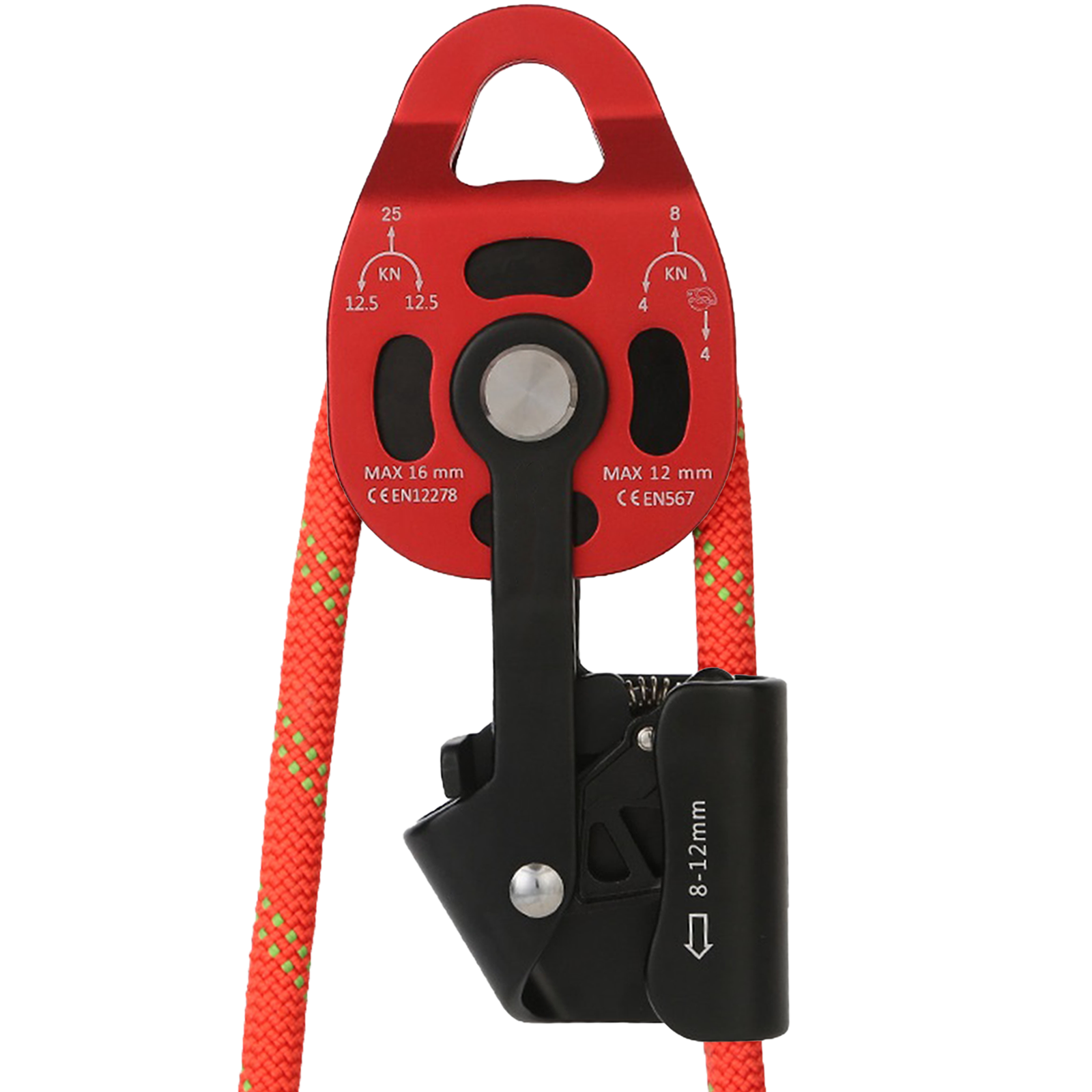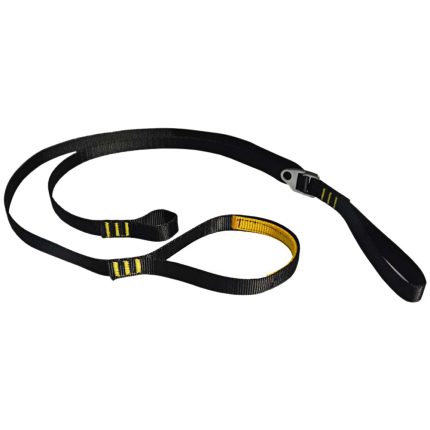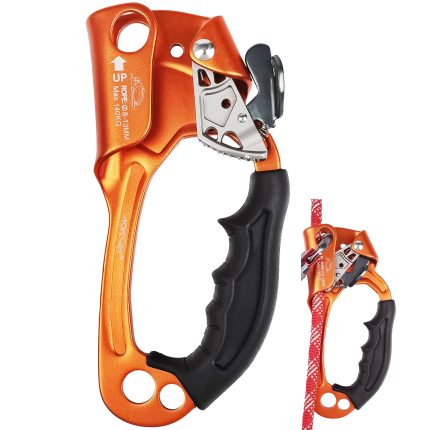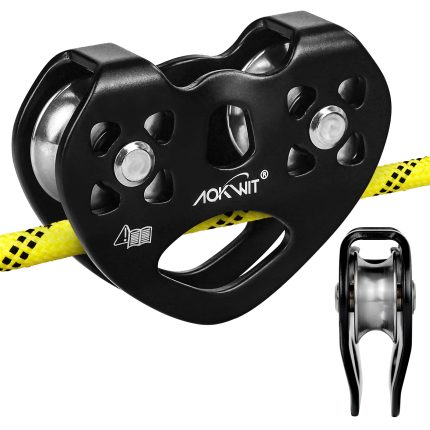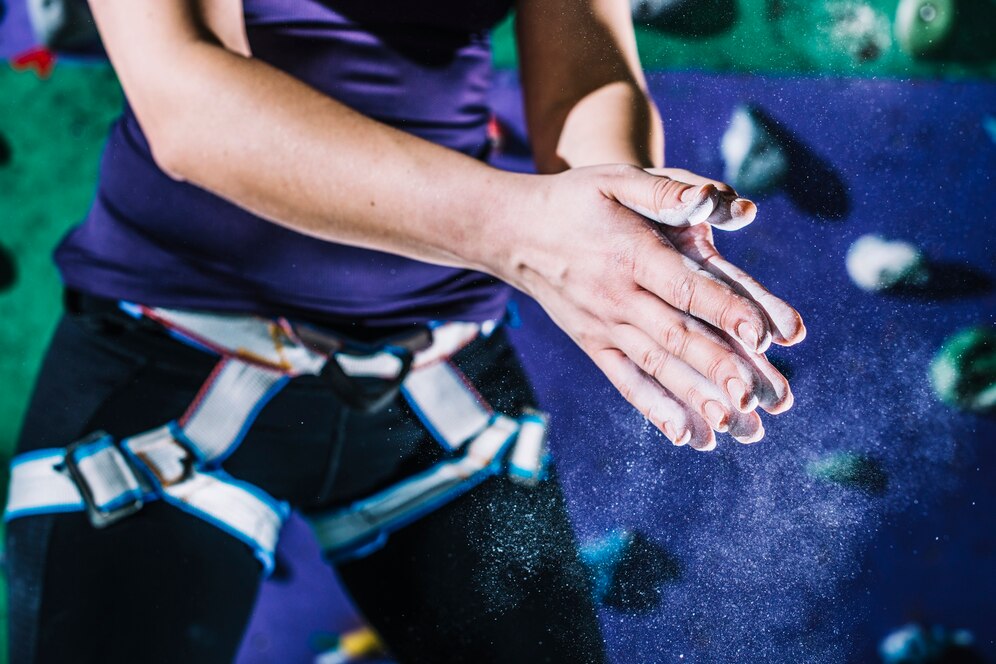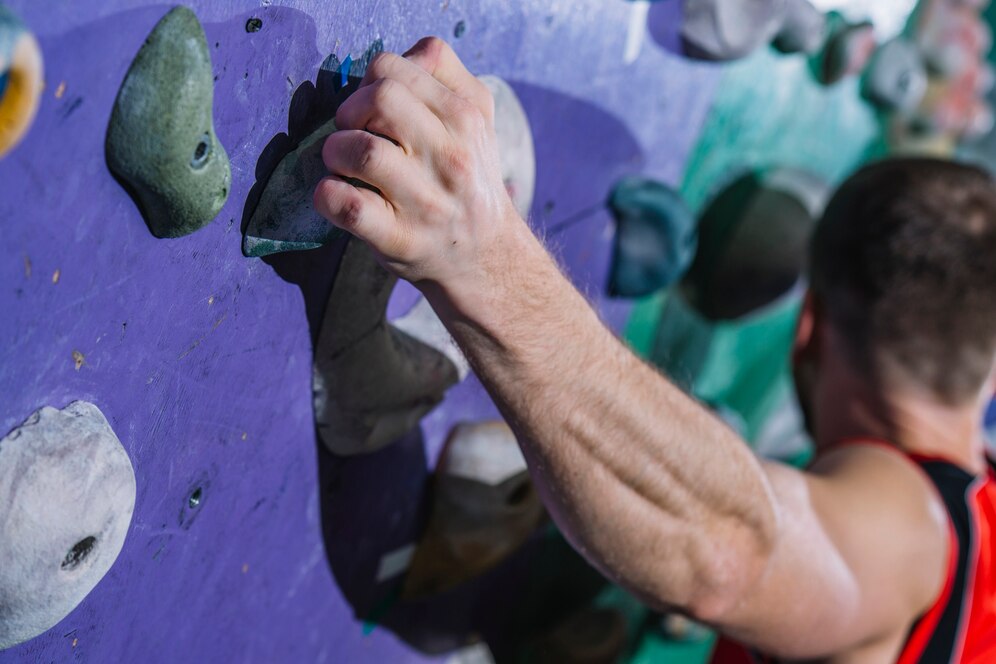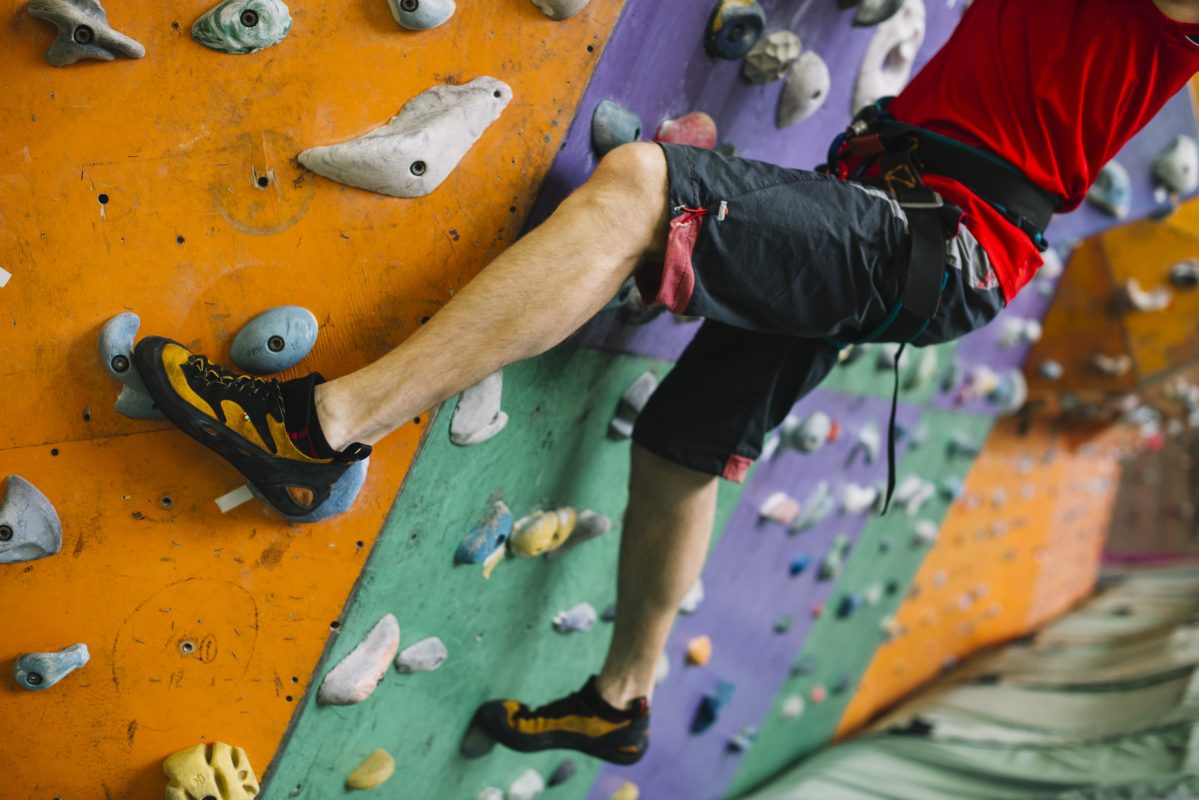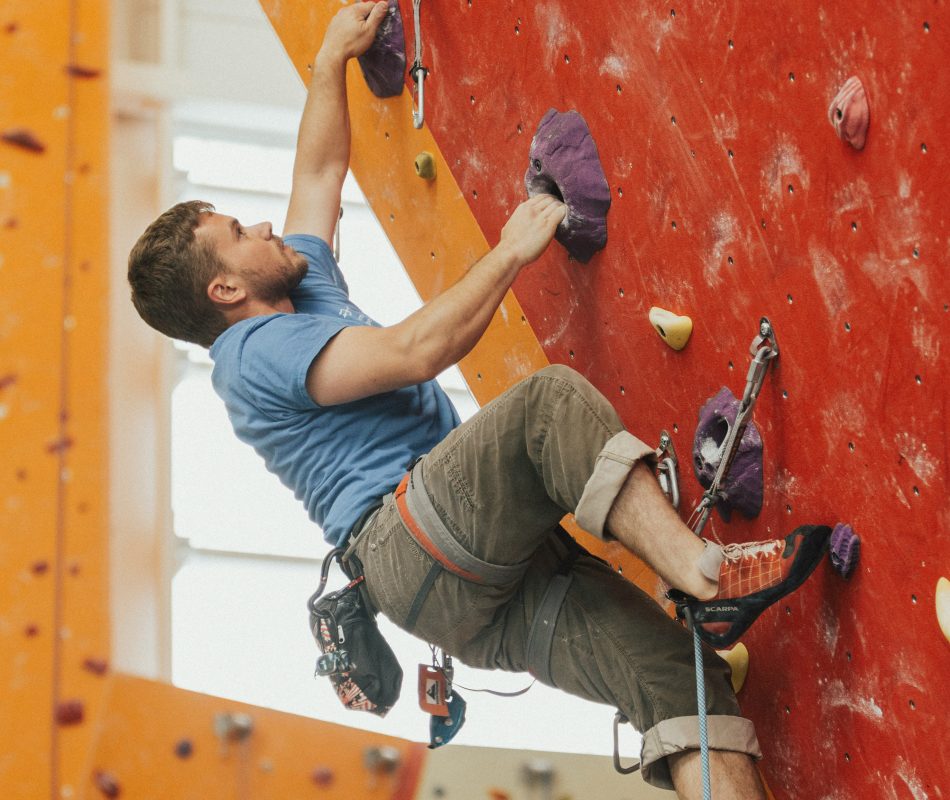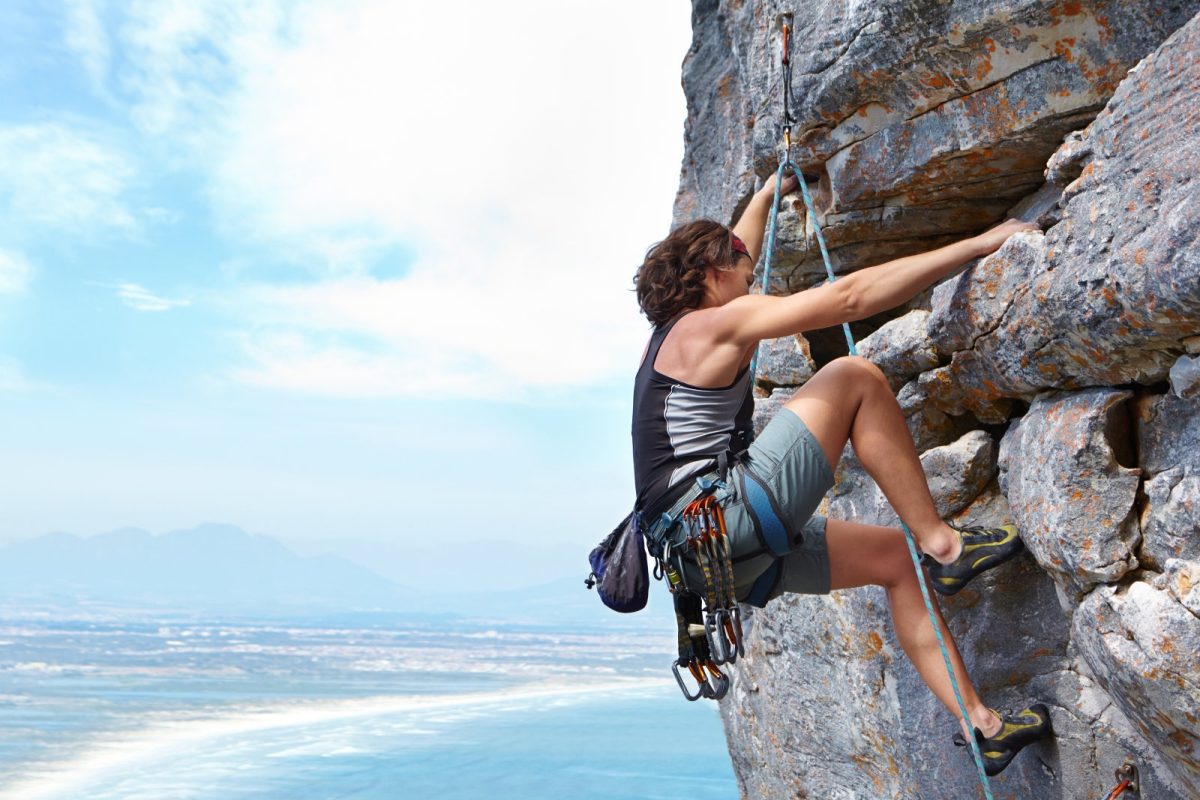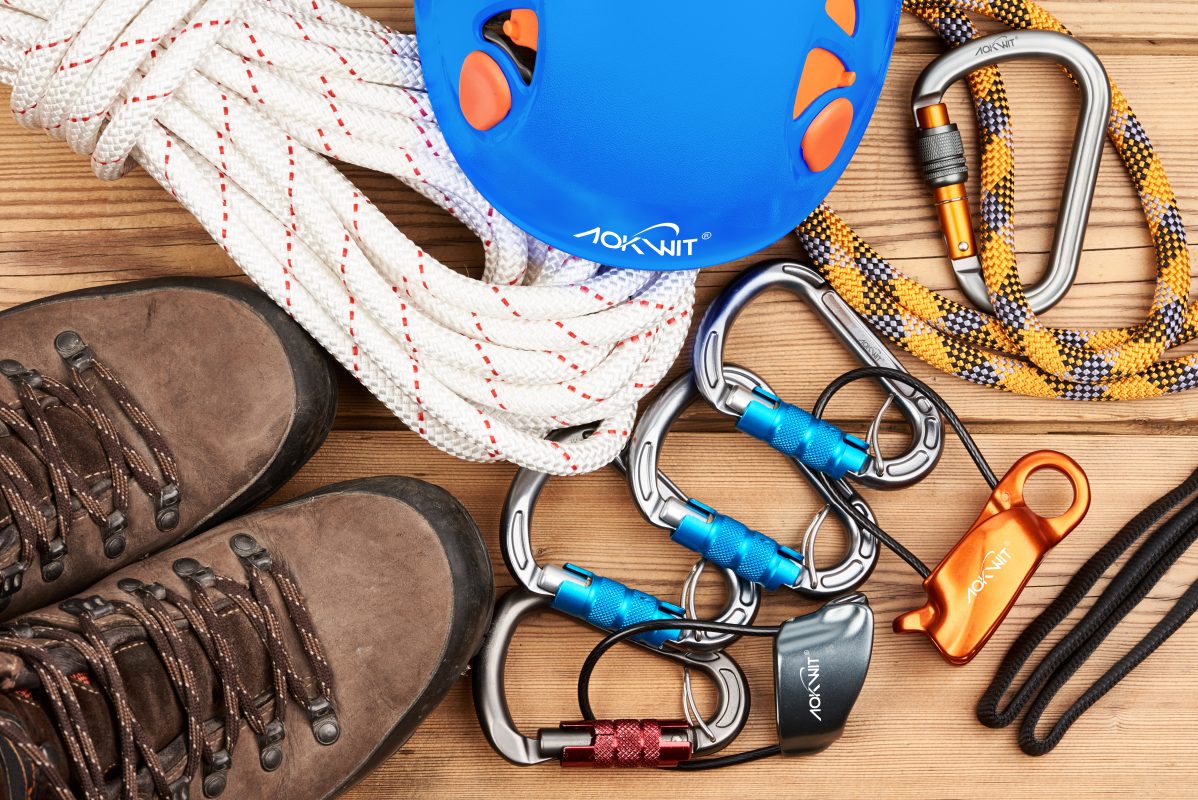How Should Beginners Control Their Center of Gravity While Climbing?
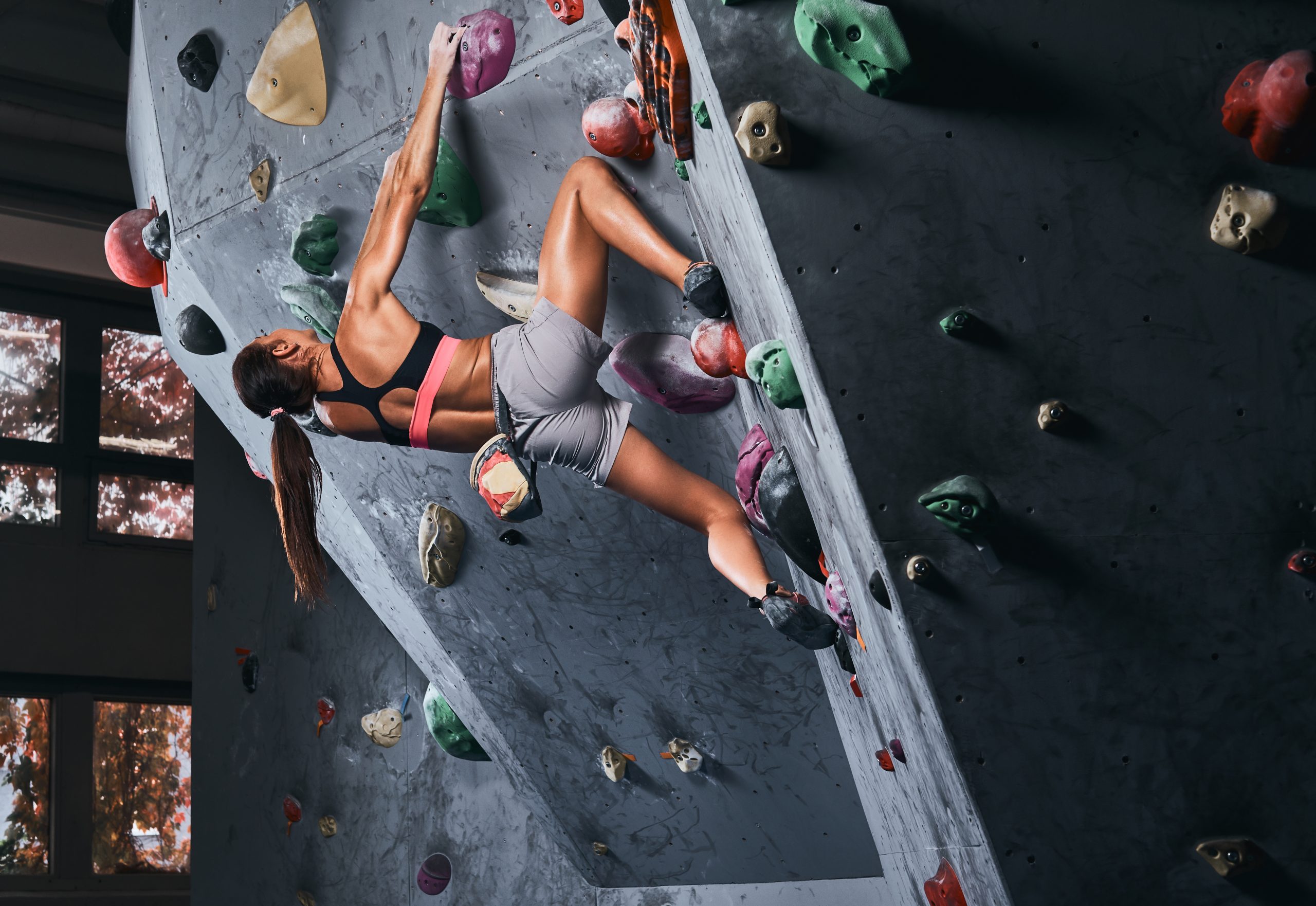
In climbing, it is essential to be clearly aware of the position of your center of gravity (COG) and flexibly control its movement.
So, how can beginners master COG control during climbing?
I. Center of Gravity (COG)
The primary goal of moving the COG is to reduce the load on the hands and maintain body balance during movements.
When first learning, beginners often perform movements blindly, focusing solely on ascending without understanding the mechanics.
It is advisable for novices to avoid rushing to climb vertically; instead, start with horizontal traversing exercises—moving horizontally from one side of the rock face to the other—to practice fundamental techniques such as COG adjustment, balance, and coordination of hands and feet.
In the basic “3-point hold” technique, where one hand releases a hold to reach for a new one, shift your COG to the opposite side of the body. This unloads the hand before it leaves the original hold, allowing for a smooth transition.
When moving horizontally, lower your COG so that your hands hang from the holds rather than straining to pull or pinch them.
As a general rule, secure both feet firmly before reaching for the next hold. Avoid relying on arm strength to pull yourself up while keeping feet unstable. Focus on using leg strength to lift your COG—the hands should only maintain balance during this upward movement.
While it is correct that the body should stay close to the rock, experienced climbers often position their bodies farther away temporarily. This is because preparatory moves like sidepulls, foot-hand matches, and balance adjustments require spatial clearance, with the body pressing against the rock only at the moment of upward motion.
COG adjustment is primarily achieved by shifting the hips and waist and balancing with the legs. The waist, as the body’s core, directly influences COG movement; larger shifts can create elegant dynamic moves. Extending a leg horizontally to leverage its weight for balance is a common technique.
II. Sidepull Technique
The sidepull is a critical technique that significantly conserves upper-body strength, enabling climbers to reach otherwise difficult holds, especially on overhanging terrain.
Key Technical Points:
- Position your body sideways to the rock face, with the hand and foot on the opposite side of the body engaging the holds. Extend the other leg to adjust balance, using the strength of the bent leg to push the body upward and grasp the higher hold.
- For example, if the left hand holds a fixed hold, face left, bend the right leg to step on a foothold, use the left leg for balance, push off the right foot to generate force, and extend the right hand to grab the next hold above.
- Due to the forward bend of the knees, facing the rock face directly while lifting a leg tends to push the body away from the wall. Sideways positioning solves this: the body stays closer to the rock, transferring more weight to the feet and utilizing the full body height to reach higher holds.
Tips for Sidepulls:
- When stepping on a hold sideways, use the outer edge of the toes, not the entire foot, to facilitate footwork changes or body rotation.
- If the hold is high, lean back after securing both hands, drop your hips to create space in front of the waist, lift the foot to the hold, then pull your COG back onto that foot. Keep the other leg unweighted for balance. The fixed hand should only pull the body toward the rock—rely solely on leg strength to lift, not arm pulling, to save energy.
- Before generating force, press your waist and ribs against the rock to transfer weight to the feet; avoid hanging loosely, especially on overhangs. Raise the moving hand upward and press your ribs against the rock before pushing off. Failing to do so will cause the body to lean away from the wall during the reach, overloading the fixed hand.
- After a sidepull, if the next hold is aligned, perform a continuous sidepull: pivot on the driving foot, turn your body to face the opposite side, cross the balance leg in front of the driving leg, and step onto the next hold with the outer edge of the toes. The balance leg then becomes the driving leg, and the moving hand becomes the fixed hand for the next pull. Minimize foot contact area on the driving hold to enable smooth pivoting. Sidepulls are primarily used on overhangs or when holds align in a near-straight line.
